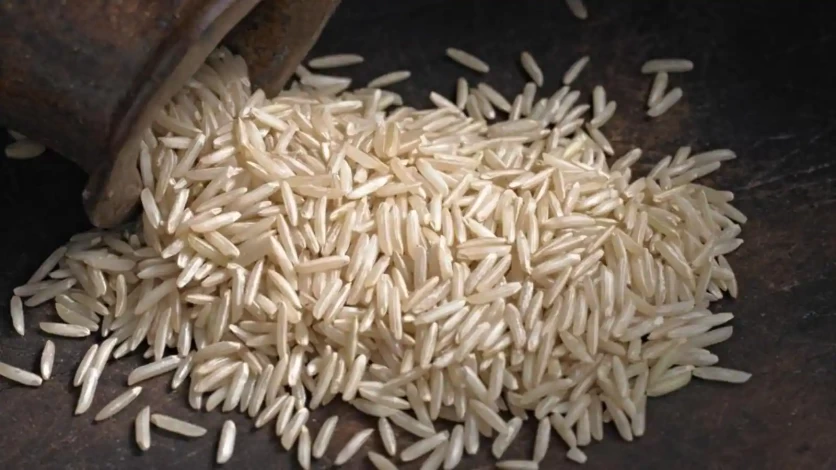
File Photo
Crop diversity is a key issue in Punjab. The state has a huge area under irrigated paddy crops mainly because of the assured return to farmers in the form of minimum support price (MSP) from the government and the high yield it offers. But fragrant basmati rice, with fluctuating prices and no MSP, still holds promise as the best alternative to paddy. Here is a look at the economics of basmati cultivation.
How much area could be increased under Basmati?
In Punjab, nearly 30-31 lakh hectares (74 to 76 lakh acres) are dedicated to the rice crop (in the Kharif season), out of which 25-26 lakh hectares come under paddy. The area under the Basmati crop has remained between 4-5 lakh hectares over the last several years. Basmati’s early and late varieties are sown between June and July and harvested in September and October.
Rice exporters say there is a huge demand for Basmati, and the state has the potential to grow it in vast areas. It is estimated by experts that at least 10 lakh hectares could easily be brought under the Basmati crop in the state, which will help reduce the area under paddy.
What is the yield of Basmati as compared to paddy?
Punjab grows both short-duration and long-duration paddy varieties. The average yield of short and long-duration paddy varieties is around 28 and 36 quintals per acre, respectively. Basmati, too, has long and short-duration varieties. The average yield of these varieties is between 20 and 25 quintals per acre — which is 8-10 quintals less per acre as compared to paddy.
The market for the crops
Paddy is procured by the Union government on MSP for distribution under the Public Distribution System. Basmati is neither procured by the government nor has any fixed price. It is procured by traders and exporters as Indian Basmati has large demand abroad.
What is the profit margin for each crop?
The MSP of paddy was Rs 2,060 per quintal in the 2022-23 Kharif marketing season. The Basmati rate remains between Rs 3,200 to Rs 4,000 per quintal during September (for early varieties) and October-November (for late varieties).
Currently, its rate is Rs 4,600 per quintal as some farmers, who had held back some crops after harvesting, are now bringing it to the market, said Vinod Gupta, a Fazilka Mandi-based commission agent. He said that Basmati’s demand hardly goes down and its rate remains good. But, he added that local traders form cartels to give less to farmers and that the government must check such practices.
As per the MSP of paddy, a farmer could sell paddy worth Rs 57,680 to Rs 74,160 per acre depending on yield, Basmati could be sold for between Rs 64,000 to Rs 1 lakh per acre despite the lower yield. Last year, the average rate of Basmati remained between Rs 2,500 to 3,500 per quintal.
Comment Now